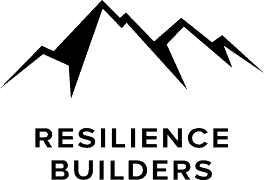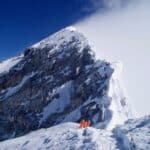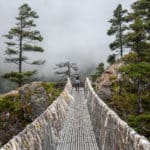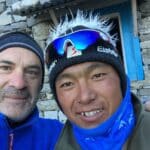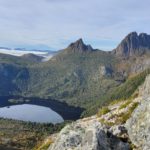We know you’re excited, but we’ll get to the models soon.
First, though, who knows what’s going to unfold in the next few months?
One thing’s for sure, there’s no shortage of speculation. Predictions are as rife as click-bait news stories spreading doom, gloom and fear.
But, with the right approach, uncertainty can be healthy. It’s one of the five ingredients needed to build resilience (along with investment, perceived risk, no distractions and a new environment) and it’s the foundation of modern science.
According to the MIT’s physicist Neil Gershenfeld “The most common misunderstanding about science is that scientists seek and find truth. They don’t. They make and test models.”
(Yes, we see our hypocrisy in using models for click-bait)
Gershenfeld said that making sense of anything means making models that can predict outcomes and accommodate observations.
You don’t need to be a scientist to make models. We are born with these skills.
In our infant years everything is uncertain. To test our abilities, we make a simple model – movement. We move, we crawl, we walk. With each experience we stumble and fall and learn.
So, how do we make and test models for our wellbeing when the world is in a tailspin?
- Take some time to allow the busyness of your thoughts to enter your consciousness and leave again
- Quieten your mind
- Reflect on what you’ve done well and what you can improve on
- Be pragmatic. Focus on what you can control and let go of what you can’t
- Remove yourself from your flight and fight response. Stay calm so you can perform well
Like oxygen masks on a plane, you must help yourself first so you can help others.
Now is the time to practice.
Speculation and negativity can stifle us. Remember what models have worked for you during other tough times. It can give you confidence to deal with this one.
It takes composure, calmness and courage to stop and reflect. Some will flourish while others will falter.
But we all have a choice about how we deal with this pandemic, or any of life’s challenges.
It’s not rocket science. It’s model behaviour.

